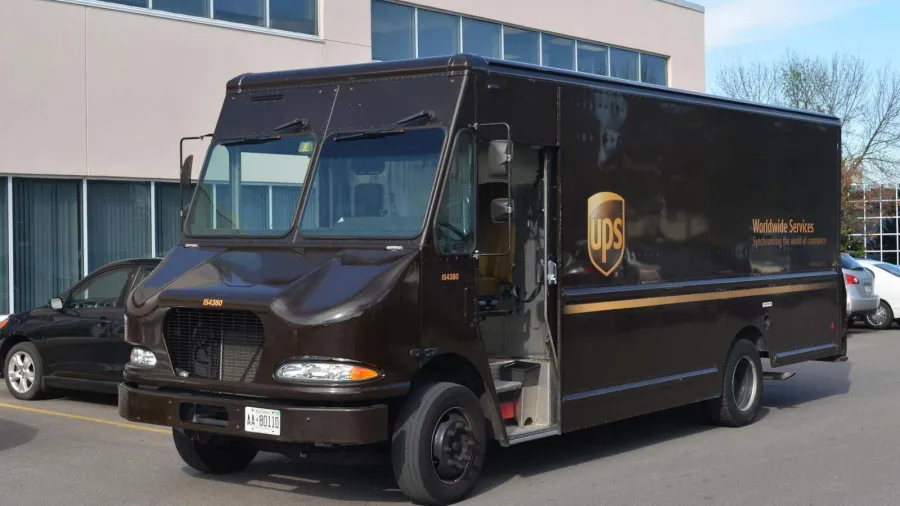UPS Is Winning The Delivery Wars With Its Unionized Workers

UPS has managed to keep a steady workforce through the pandemic.
The United Parcel Service is taking a win in delivery services this year. It’s raking in higher profits and maintaining a stable workforce through the pandemic with the help of its unionized workers. Meanwhile, rival Federal Express is seeing a labor shortage eat profits, racking up $450 million in extra costs.
FedEx and UPS have different approaches to last-mile package deliveries. UPS drivers are usually unionized employees while FedEx Ground drivers are generally nonunion independent contractors. The UPS model provides the truck, maintenance, and benefits packages while the FedEx model puts that on the contractor, which operates as their own business. As Bloomberg reports, FedEx’s model allowed it to expand quickly following UPS’ 1997 15-day union strike. But that same model is hurting it now.
The pandemic changed how Americans live, work, and buy things. People are buying more online, and demand is so huge that the supply chain is struggling to keep up. Even UPS and FedEx couldn’t get enough vans to deliver packages to doorsteps. At the same time, a number of industries are facing labor shortages through the pandemic as workers believe that their work is worth more than what some companies are offering them.
UPS has managed to retain a stable workforce. As Bloomberg notes, it’s doing it through paying its union workers higher wages than its competitors. UPS beat earning expectations with a rising profit margin predicted in the fourth quarter, and its on-time performance is about 95 percent.
FedEx’s costs are up $450 million related to what it says is a constrained labor market, higher wage rates, increased transportation expenses and more. FedEx contractors face high turnover rates and are noted as receiving lower pay than the UPS competition. As Reuters reports, the company posted a seven percent drop in quarterly profit after that labor shortage slowed deliveries and drove up costs. How bad is the shortage of labor hitting FedEx? From Bloomberg:
FedEx’s sorting hub in Portland, Ore., is operating with only 65% of the staff needed. That forces the company to reroute packages to other facilities, incurring costs for the extra transportation and reducing the efficiency of the network, officials said on a September conference call with analysts. In total, FedEx says the ground unit is rerouting 600,000 packages a day because of labor issues.
On-time deliveries are down to 85 percent as well. The Bloomberg report further notes that FedEx’s problems even predate the labor shortage a bit as in the last full year, UPS pulled more operating income than FedEx.
The company is raising wages to entice workers to stay or join. FedEx Ground’s sorting facility workers have seen wages go up 16 percent over a year. Still, FedEx COO Raj Subramaniam says that the labor market is the company’s biggest issue. The company expects its labor issues to persist through the rest of the year.